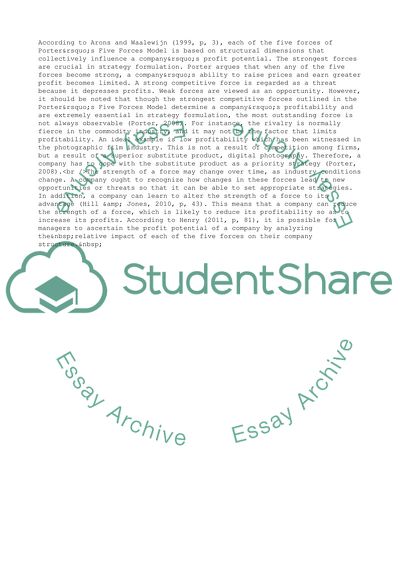Cite this document
(Porters Five Forces and the Buyer Decision Process Business Models Literature review Example | Topics and Well Written Essays - 1500 words, n.d.)
Porters Five Forces and the Buyer Decision Process Business Models Literature review Example | Topics and Well Written Essays - 1500 words. https://studentshare.org/business/1815798-critically-critique-the-models-porters-five-forces-and-the-buyer-decision-process
Porters Five Forces and the Buyer Decision Process Business Models Literature review Example | Topics and Well Written Essays - 1500 words. https://studentshare.org/business/1815798-critically-critique-the-models-porters-five-forces-and-the-buyer-decision-process
(Porters Five Forces and the Buyer Decision Process Business Models Literature Review Example | Topics and Well Written Essays - 1500 Words)
Porters Five Forces and the Buyer Decision Process Business Models Literature Review Example | Topics and Well Written Essays - 1500 Words. https://studentshare.org/business/1815798-critically-critique-the-models-porters-five-forces-and-the-buyer-decision-process.
Porters Five Forces and the Buyer Decision Process Business Models Literature Review Example | Topics and Well Written Essays - 1500 Words. https://studentshare.org/business/1815798-critically-critique-the-models-porters-five-forces-and-the-buyer-decision-process.
“Porters Five Forces and the Buyer Decision Process Business Models Literature Review Example | Topics and Well Written Essays - 1500 Words”. https://studentshare.org/business/1815798-critically-critique-the-models-porters-five-forces-and-the-buyer-decision-process.


